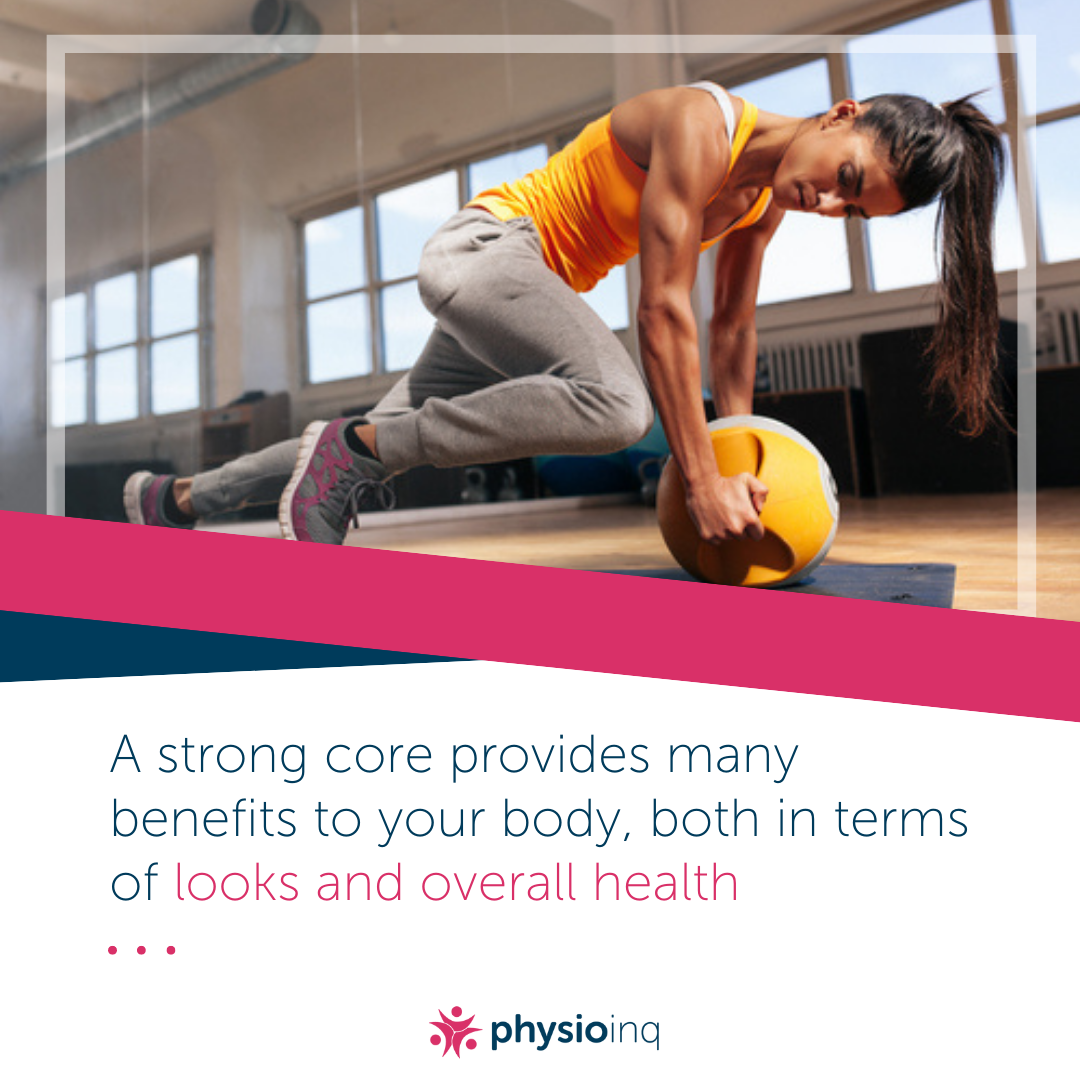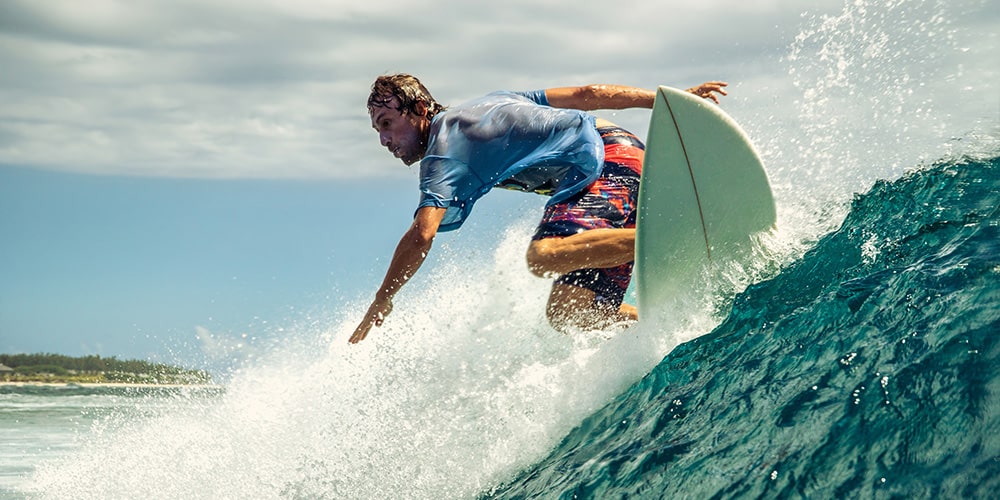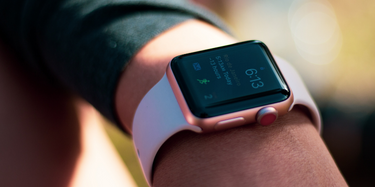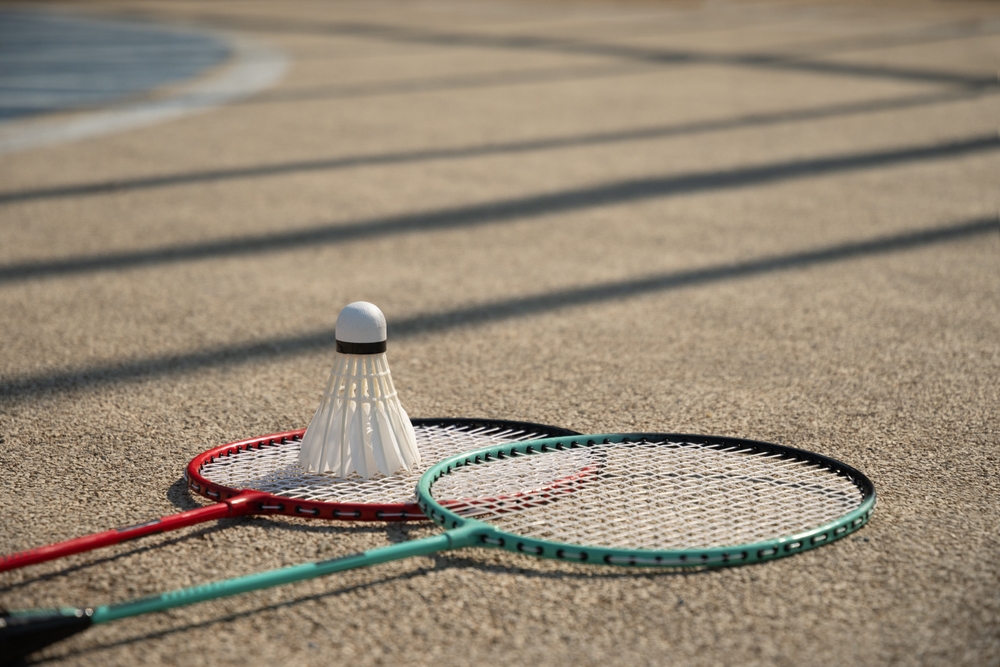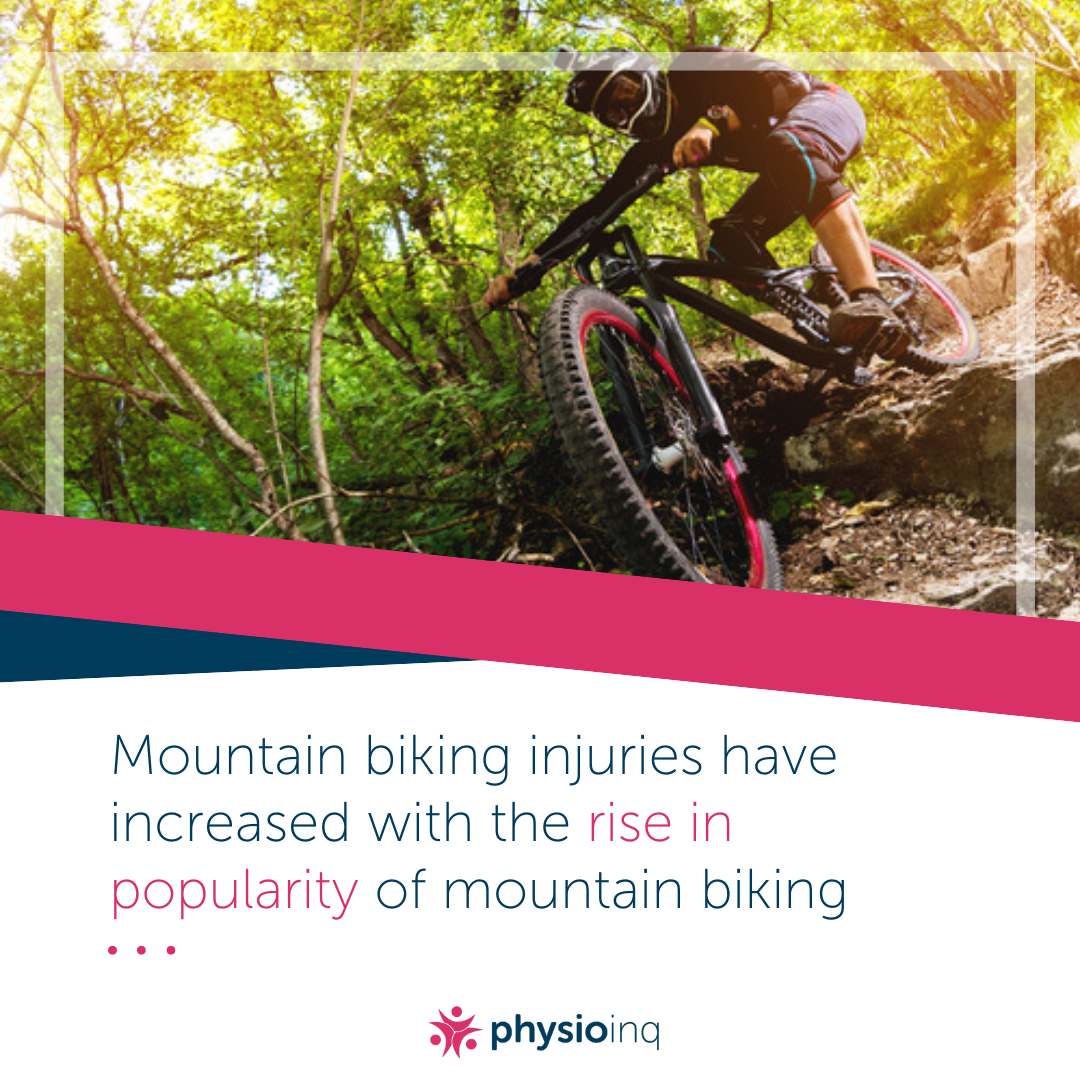Make an Appointment
Snowboarding is a breeding ground for wrist injuries. Mostly due to the fact that with both legs strapped in, they’re no help in breaking a fall. Instead, snowboarders rely on outstretched hands to lessen the blow, leading to all kinds of wrist problems.
Here, we’ll go into snowboard wrist injury statistics, the common wrist injuries associated with snowboarding, how effective wrist guards really are, a guide to wrist sprains, and how to prevent them.
Wrist Injury Statistics
To give you an idea of how common wrist injuries are, here are a few snowboard wrist injury statistics to start things off:
- It’s estimated that 95,000 snowboarders fracture their wrist every year worldwide.
- Elite snowboarders suffered less wrist injuries that amateur snowboarders.
- Research suggests that wrist guards decrease hand, wrist, and lower arm injuries by 85%.
- Some studies suggest that wrist guards decrease wrist injury but increase injury further up the arm.
From these statistics, we can assume that your skill level has a lot to do with your level of risk and that wearing proper wrist guards is a probably a wise idea.
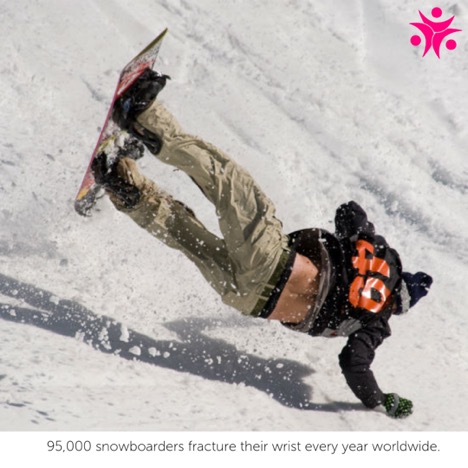
Common Wrist Injuries in Snowboarding
When snowboarding injuries happen in the wrist, a few different things can be happening. Since the wrist is made up of many tiny bones that connect the forearms and hands, one bone can be out of place and cause a lot of pain, feeling like it’s “jammed”.
Common wrist injuries in snowboarding include:
- Displacement: The bones have been moved out of their proper positioning.
- Open or Compound Injury: The bones have been pushed through the skin.
- Intra-articular Injury: A break that goes through the line of the wrist joint.
- Comminuted: The wrist has been broken into several pieces.
Why are wrist fractures so common among recreational snowboarders?
"The main difference between snowboarding and skiing is that when you lose your balance on a snowboard, because both feet are fixed to the same board you cannot regain your balance easily by simply 'stepping out' one foot as you can on skis. This means that until you have mastered your balance on a snowboard, you are going to fall a lot. The natural instinct when you fall like this is to outstretch a hand to save yourself and unfortunately if you impact onto a hard snow surface with any degree of force or speed then you risk breaking your wrist."
outstretch a hand to save yourself and unfortunately if you impact onto a hard snow surface with any degree of force or speed then you risk breaking your wrist." – Dr Langran
Reference: https://www.physioroom.com/experts/expertupdate/snowboarding_wrist_injury.php
Efficacy of Wrist Protectors
The main advice given when it comes to protecting yourself from snowboarding wrist injuries is to use wrist protectors. Yet, as we mentioned previously, some studies are saying that wrist guards may just cause the injury to happen further up the arm instead. Are they really that effective?
According to Dr. Mike Langran, the UK’s leading authority on snow sport injury and prevention, there is now convincing evidence from both lab studies and direct comparisons that suggest wearing the right wrist guards significantly reduce the risk of injury to the wrist while snowboarding.
These reports have been verified in the US, France, Norway, and New Zealand. Any discrepancies to these studies are attributed to the fact that there’s no accepted standard for wrist guards so there’s no way to tell if people are wearing the right ones for snowboarding.
Wrist Sprain Guide
Ready to get out on your board? Before you go, check out this quick little safety guide to make sure you’re properly prepared and you know what to do in case of a strain.
- Wear some safety gear like a helmet, wrist guards, and impact shorts.
- Practice falling safely and get lessons to up your skill level.
- If you do happen to strain your wrist: Rest for at least 48 hours, treat it with ice to reduce swelling, compress the area with a bandage, and elevate your wrist above the heart.
- Wrist injuries can be painful, so anti-inflammatory painkillers can help.
- Use a cast or splint to keep the wrist immobile, but not for too long.
- See a physiotherapist to stretch and strengthen your wrist after the injury.
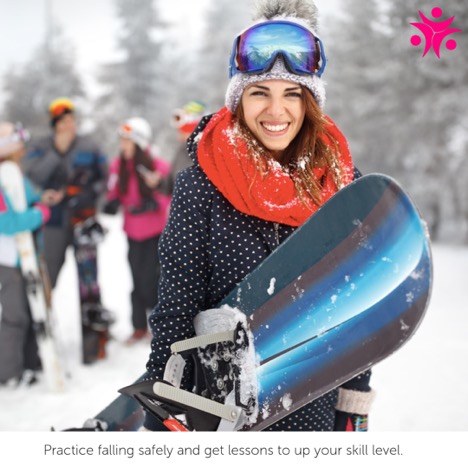
Prevention Strategies
When you take to the slopes and hop on a snowboard, there’s always an inherent risk involved, especially if you’re not very experienced. Yet, there are certainly some things you can do to prevent painful wrist injuries.
- Wear wrist guards. Studies have shown that wrist guards made specifically for snowboarding (meaning they’re flexible, long, and protect the wrist on both sides) reduced wrist injuries.
- Take lessons to learn how to fall. It might sound strange to need a lesson on falling, but doing it right can prevent your wrist from taking the hit.
- Work on wrist strengthening exercises with a physiotherapist including teeter-totter arms, wrist bands, wrist curls, and wobble board balance exercises.
At Physio Inq, we have worked with many snowboarders who have taken a tumble and injured their wrist throughout the years. The good news is, we know exactly how to help and you’ll be back on the slopes in no time.
Book an appointment at one of our convenient locations or we’ll come to you with our mobile services. We’ll be able to create a custom physio plan just for you.
Date Published: Thursday, July 18, 2019
Locate a Mobile Physiotherapy
Service Near me
Get the experience & convinence you deserve to support your or a loved one's allied health needs.
Our Mobile Physiotherapy team are currently serving & taking appointments in the following states and regions in Australia:
Need to get into direct contact with ur Client Services team? We're all ears. Call our team directly on 1300 731 733

